Bull Terrier
English Bull Terrier
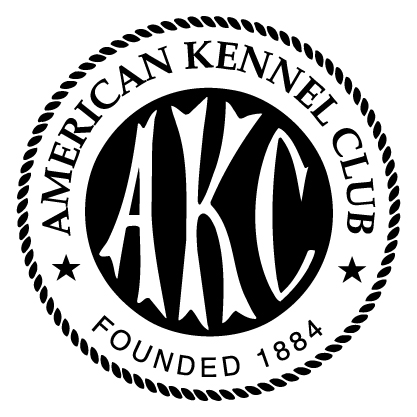 akc
akc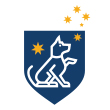 ankc
ankc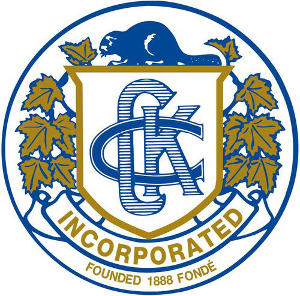 ckc
ckc fci
fci nzkc
nzkc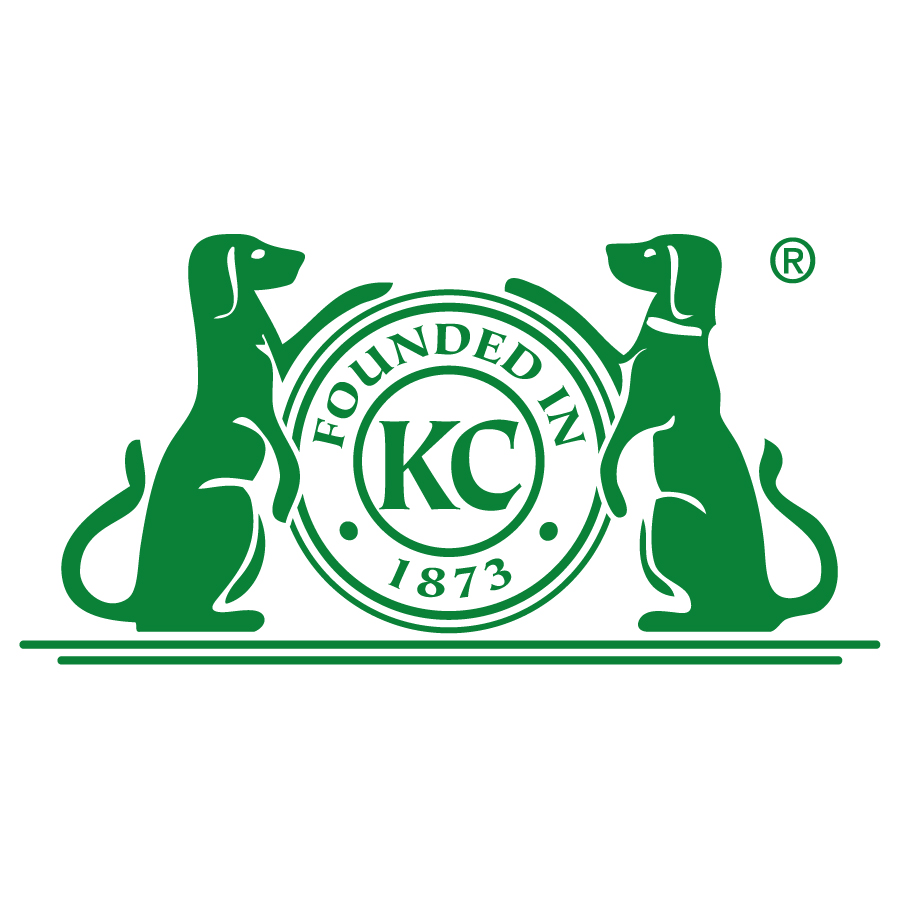 rkc
rkc ukc
ukc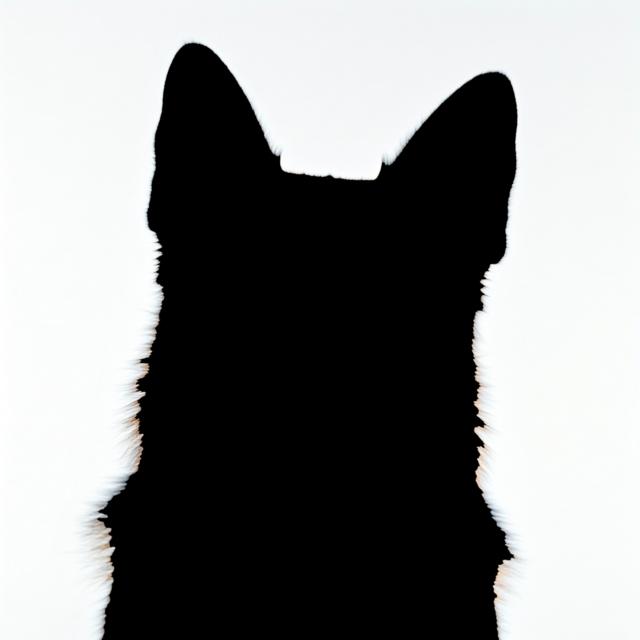
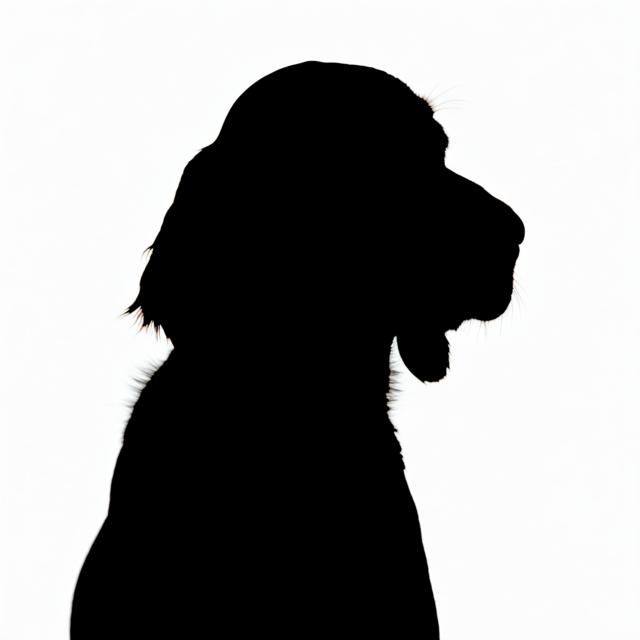
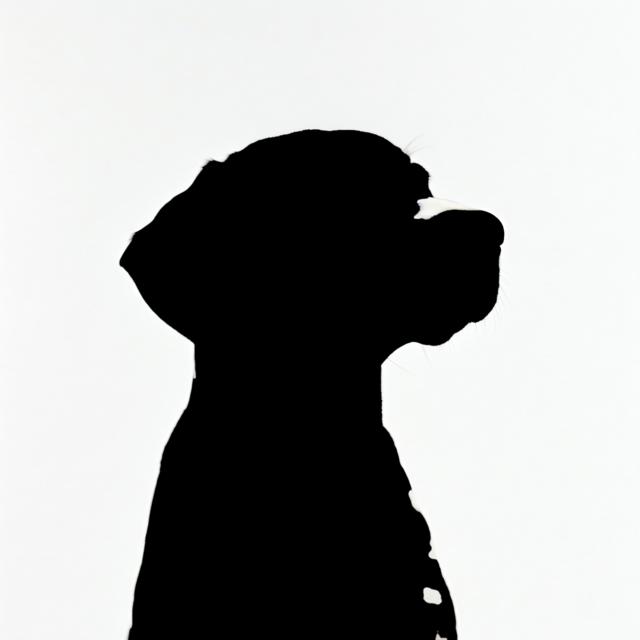
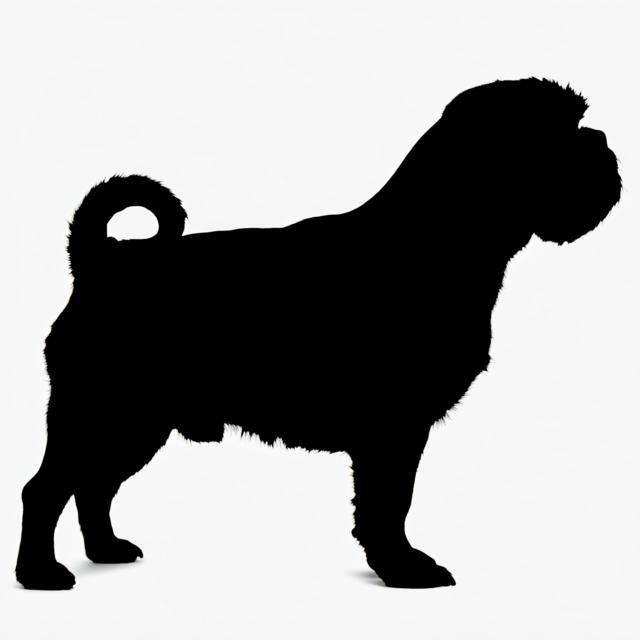
Summary
- The Bull Terrier is a muscular, medium-sized dog breed known for its distinctive egg-shaped head and playful personality. Originally bred for fighting, they are now primarily companion dogs who require consistent training and socialization.
Origin and Purpose
- Developed in England in the 19th century as a fighting dog, later becoming a companion dog.
Appearance
Dimensions
| Gender | Height | Weight |
|---|---|---|
| Female | 20-21 inches (51-53 cm) | 50-60 pounds (23-27 kg) |
| Male | 21-22 inches (53-56 cm) | 55-65 pounds (25-29 kg) |
Coat
| Attribute | Notes |
|---|---|
| Color |
|
| Type |
|
| Length |
|
Care
| Attribute | Notes |
|---|---|
| Shedding |
|
| Grooming |
|
| Drooling |
|
Body
| Attribute | Notes |
|---|---|
| Head |
|
| Skull |
|
| Ears |
|
| Eyes |
|
| Nose |
|
| Muzzle |
|
| Teeth |
|
| Neck |
|
| Forequarters |
|
| Fore Legs |
|
| Hindquarters |
|
| Hind Legs |
|
| Feet |
|
| Tail |
|
| Gait |
|
Temperament
- Courageous
- Playful
- Affectionate
- Independent
- Stubborn
Social
| Attribute | Notes |
|---|---|
| Affectionate with Family |
|
| Good with Children |
|
| Good with Dogs |
|
| Good with Cats |
|
| Openness to Strangers |
|
| Playfulness Level |
|
| Protective Nature |
|
| Adaptability Level |
|
Working Roles
- Companion dog
- Show dog
Exercise Needs
- Moderate
Health
- Potential for hereditary deafness, heart and kidney problems, luxating patella, and skin issues
Additional Notes
- Requires early socialization and consistent training.
- Known for their distinctive egg-shaped head.